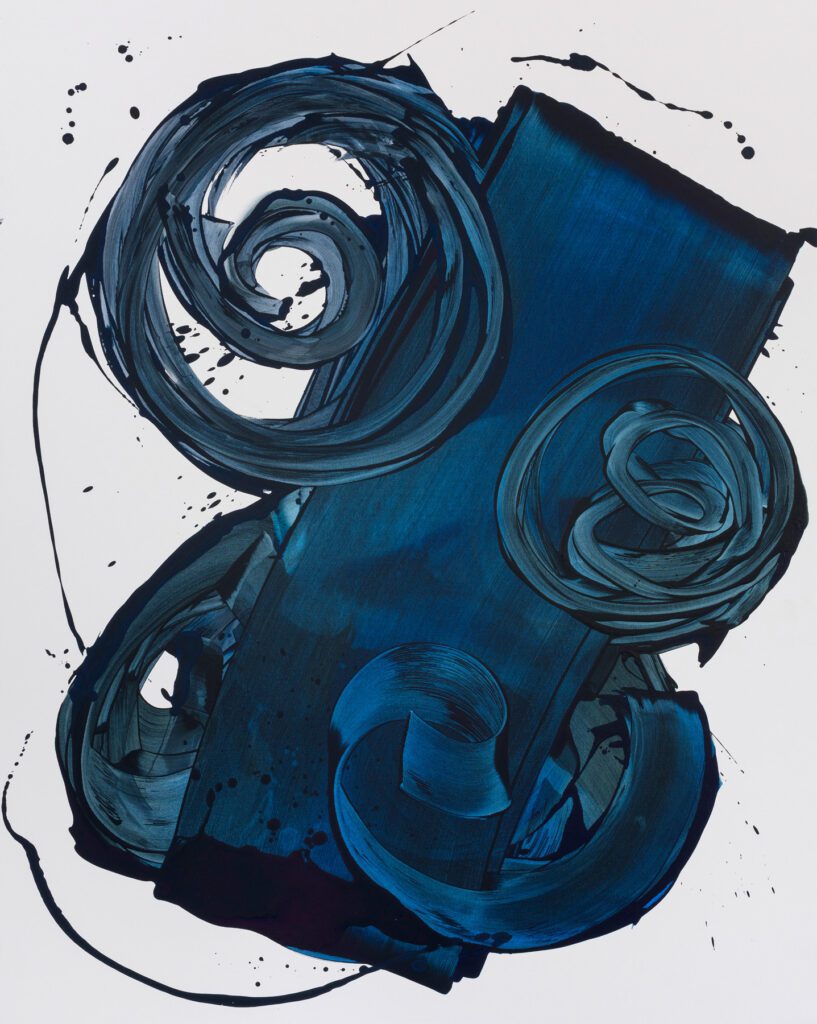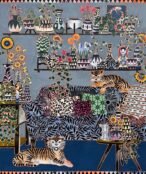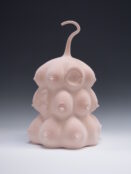Fair Art Fair is an online platform seeking to connect art buyers and artists in a direct, almost conversational manner. Founder Stacie McCormick (Fair Art Fair & Unit 1 Gallery|Workshop) has a vision of a more open relationship between art and the public, one which seeks to encourage more people to buy art as well as providing artists with a valuable resource to find, connect with and nurture their audience. Speaking to Trebuchet, McCormick discussed her ambitions, the vision of the Fair Art Fair, and what it provides the art-buying public.
“Empowerment is something I’ve committed most of my life to, empowering myself and other artists to understand their strengths. When I started out as an artist, I needed and searched for a foundation to build upon and came up with four simple pillars; space, time, rigour and integrity. Your practice has to have integrity and you have to have rigour. As for space and time, kind of obvious – it is the greatest luxury for any artist, to have space and time to make the work.
I feel that if these four conditions are committed to, it is likely you can create a successful career. Without these four crucial elements combined, the challenges are compounded. We adopted these pillars, because they’re beyond aesthetics. These principals are a constant and establish a strong and empowered practice, regardless of the aesthetic choices.

To explain what we are doing, it helps to compare the art world to the fashion industry as it illuminates what we are attempting to achieve with the Fair Art Fair app. The top of the fashion industry is virtually identical to the top of the art world, a rarified exclusive space that celebrates the best of the best and sets the trends and heights for all of us to admire. We look up to geniuses like Alexander McQueen who set future trends, and inspire the zeitgeist – he’s much like the Warhol of the fashion world. The fashion industry has gilded events that are for an elite group of collectors who have the budgets to invest in one-off haute couture, exactly like the art world. However the structure of the fashion industry has a top, a middle and a bottom that allows the consumer access at every price.
What I find fascinating is that the art world has really never been deconstructed, with the exclusive and elitist corridors of the top galleries, and monolithic auction houses which have managed to keep and protect that territory, excluding all else. It’s not a conspiracy theory. It’s just the nature of it. And because institutions play into it, schools play into it, we all believe it. I like to say that artists have fallen in love with their kidnappers.
What’s great about the transparency of the internet is that we now have an incredibly accessible way to view and see so much more. In the UK there are approximately 55,000 registered artists and there are between 1300 to 1600 galleries. Assuming half of that 55,000 are hobbyists, it still means that there is simply not enough gallery space for those artists to get seen. Furthermore, most galleries are in large cities, and mostly London – excluding thousands of artists though lack of proximity. The shift to the digital world is inevitable and provides incredible opportunities and discovery of artists otherwise ‘unseen’.
There’s a wonderful opportunity here for artists to find and build a real audience. I am very interested in the experiments in art, by creators making work that wouldn’t fit with a traditional business model of commercial galleries. I think it is important to emphasise that we do not want to take away the top of the art world. Just like the fashion industry we love the unique and brilliant geniuses that are celebrated, and that galleries create access to these works for the public to visit for free.
However, our research and experience have shown us that the current structure cannot support artists to thrive. An artist leaving a master’s degree is entering a fixed lottery. The principle behind Fair Art Fair is to allow more artists to have autonomy over their chosen livelihood. I often say that if you told a graduate with a master’s in law that they would need to work three jobs to support their profession and may not ever be able to live by it, they would reconsider their degree.
With the speed of change catalysed by the internet, it is so important to examine and reflect on what is really happening. For instance, when you consider Spotify and Netflix, they completely reinvented how we listen to music and how we watch film and television respectively, through subscription business models. What becomes thrilling is the opportunity to driving this kind of revolution in the art world. I have been blown away by Matthew Burrows Artists Support Pledge which has generated over 200 million in sales since its birth, proving that the public wants to connect directly with an artist and buy their work at a certain price point. The desire is there when people are given the opportunity.
Just like Uber needs a driver and a rider, Fair Art Fair has the same dynamic – we need art lovers and artists – and serving both is key. Artists love the app,the tools and our commitment to supporting them. Our success is reliant upon building an engaged and empowered community – of both artists and art lovers. To populate the app and generate the revenue to adapt and refine the technology is an endless task, and we are learning as we go. Our goal is to build a global community that will provide artists with a straightforward way to have a thriving livelihood.
I’m proud of where we are because app development is not for the faint of heart, you launch, you fail, you adapt and serve your users. Some artists ask whether being on the app would impact their relationships with galleries – but one of the key benefits for artists is the ability to build a portfolio view within the app – ready for the world to see at any moment. Imagine you’re at an event – speaking with an interested friend, gallery or curator. With Fair Art Fair, you can instantly AirDrop a PDF using our app, and it’s not going to compromise you making a relationship with a gallery. Just like actors would be featured on multiple sources to be discovered by agents and casting directors, artists need to be easily seen and found – and the app provides that discover.

What excites me the most is a future of extraordinary possibilities. We look to our expanding community, allowing us to be both macro and micro – by build a global audience, whilst supporting local artists. We are really keen for art lovers to find and support art in their area. We can see a group locally, we can map it, we can check it out, we can curate it, we can do pop-up exhibitions. My dream is that we have many exhibitions and ultimately galleries, that are zero commission spaces so that the public is 100% supporting the artists.
When I think about this era of change, I get philosophical. I believe we are moving towards a more feminine future – not in gender, but in its nurturing approach. The reason I say that is because it is becoming vastly apparent our future will only be sustainable if it is non-exploitative. We can no longer exploit the earth or each other. I feel strongly that if your business model is looking at exploiting someone’s labour for profit, I don’t think it will endure. We’re all hip to it now. And so the sustainable business model that I see is that of community. The more the app and community grow, the more we can support artists and exhibitions that give back 100%. And the consumer gets to go in and say, Wow, I’m buying this directly and the artist is directly winning. That’s the empowerment and the autonomy I am most excited about. Ultimately, as Sir Ken Robinson said – we are all born artists, and it’s just educated out of us. We need to tackle this by giving people more opportunities to create. In the future, we want to provide Fair Art Fair open art spaces that allow people to play, explore their creativity, and ultimately unlock the artist within themselves that has always been there.”
This article is part of a partnership with Fair Art Fair, a paid subscription service.

The aim of art is to represent not the outward appearance of things, but their inward significance. – Aristotle




















